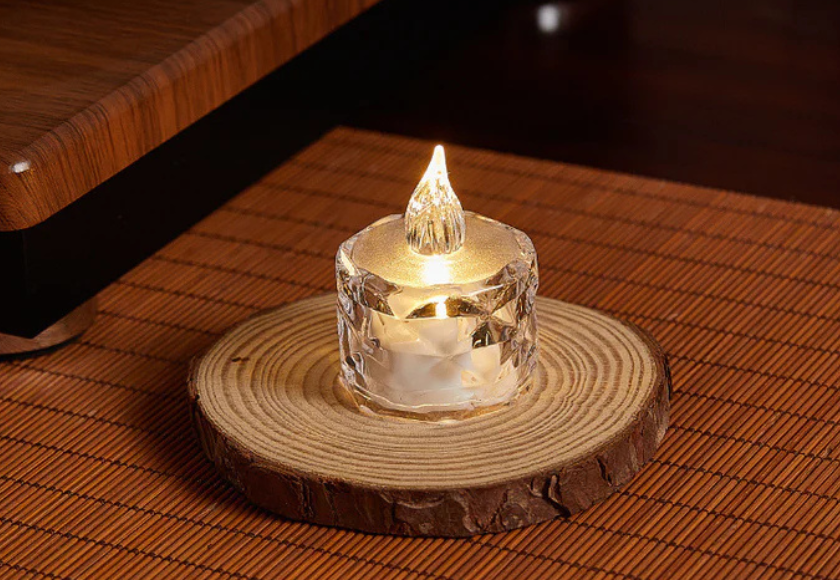When it comes to hosting a successful trade show, your booth may be stunning, your product may be revolutionary, and your marketing materials may be perfectly polished—but if your trade show staff isn’t up to par, the entire effort can fall flat. At Runway Waiters, we’ve staffed hundreds of multi-day events for major brands, and we’ve learned a thing or two about what it really takes to create an unforgettable experience. Here’s a detailed breakdown of how to properly staff a multi-day trade show, from pre-planning to post-event follow-ups.
Table of Contents
Start with a Clear Staffing Strategy
Before selecting a single team member, you need a clear understanding of your event goals. Are you there to generate leads, build brand awareness, launch a new product, or close deals on-site? Your objective will determine what kind of trade show staff you need. For instance, lead generation might require energetic greeters and brand ambassadors, while demos or sales-focused goals require staff with technical knowledge or sales experience. At Runway Waiters, we always ask our clients for their key objectives before recommending talent.
Choose Quality Over Quantity
You might be tempted to overstaff just to be safe—but more bodies doesn’t mean better engagement. Too many staffers can crowd the booth or look idle, which can be off-putting to visitors. Instead, focus on hiring a well-curated team with a balanced mix of roles: brand ambassadors, salespeople, product specialists, and crowd managers. Prioritize individuals who are not only attractive and well-presented (as we provide at Runway Waiters), but who also embody your brand’s voice, values, and energy.
Train Your Staff Like They’re Part of the Internal Team
Even the most charismatic trade show staff won’t be effective if they’re not fully informed about your brand and product. Provide detailed training before the event—preferably with materials like one-pagers, FAQ documents, and product demos. If possible, hold a virtual or in-person briefing session so staff can ask questions and role-play scenarios. At Runway Waiters, our talent is trained not just to memorize talking points, but to hold authentic, confident conversations with attendees.
Consider Stamina and Scheduling
Multi-day trade shows are marathons, not sprints. A high-energy team on day one can easily burn out by day three if not managed properly. Create staggered schedules that allow for proper breaks, rotations, and rest. Remember that mental sharpness and physical appearance matter—your staff should be as fresh and engaging on day four as they were on day one. We often staff in overlapping shifts to ensure continuous coverage without exhausting the team.
Add Eye-Catching Appeal Without Gimmicks
The truth is, visuals matter. Trade shows are highly competitive environments, and having trade show staff who turn heads—in a professional, brand-appropriate way—can increase your foot traffic significantly. That’s where Runway Waiters shines: our models are not just aesthetically appealing, but also professionally trained to engage, educate, and convert. A beautiful face draws attention, but it’s the combination of appearance and professionalism that seals the deal.
Keep Roles Clearly Defined
Everyone at your booth should know exactly what they’re responsible for. Who handles product demos? Who’s in charge of collecting leads? Who fields media inquiries? Without clarity, tasks fall through the cracks and visitor engagement suffers. At Runway Waiters, we make sure our trade show staff know their specific roles before they arrive. We also recommend assigning a lead staff member or event manager to oversee the schedule, handle unexpected issues, and maintain team morale.
Foster a High-Energy, Team-Oriented Culture
Even the best individual performers can fall short if they’re not working as a cohesive unit. Encourage camaraderie, brief your staff together each morning, and debrief them at the end of each day. A happy team is a high-performing team, and visitors can sense the vibe at your booth. Positive energy is contagious. We always match personalities and skillsets when assembling our trade show teams so they function like a seamless unit, not just a group of individuals.
Collect Feedback—and Use It Fast
Throughout the show, your trade show staff are the eyes and ears of your brand. They’re having real-time conversations with attendees and getting valuable insight into what resonates and what doesn’t. Make it a point to gather daily feedback: which messages are landing? What objections are common? Are there high-traffic hours where you need more support? This information is gold and can be used to tweak your messaging or operations—sometimes even mid-event.
Close Strong and Follow Up Fast
How you wrap up a trade show staff is just as important as how you start it. Make sure your staff knows how to guide visitors to the next step—whether that’s scanning a badge, scheduling a demo, or grabbing a sample. Once the show ends, debrief your team and gather their insights. Were your goals met? What could improve next time? At Runway Waiters, we help our clients evaluate performance after every event so the next one is even more successful. Don’t let your staffing efforts go to waste—turn that momentum into meaningful follow-up.



